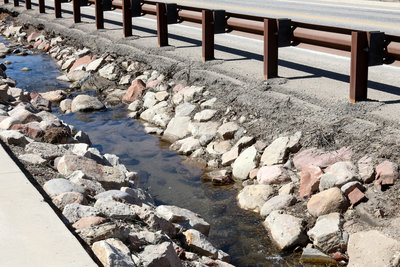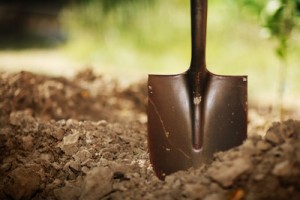 (412) 364-9114
(412) 364-9114

If you have water drainage problems on your property, a French drain is an effective and straightforward drainage system that can help rid your property of excess water. Knowing what a French drain is and how it works can help you decide whether or not this type of drainage system is right for your home.
A French drain is a pipe placed in the ground to collect rain water. French drains are often used in yards and in basements that have drainage problems. French drains are used to transport excess water to low lying areas where the water will do no damage.
A French drain usually consists of a wide pipe perforated with holes that has been buried in the ground. Usually French drains are angled downward to keep water rolling through the pipe. To enable water to flow through the ground to the drain, gravel is placed on top of the pipe, because water flows through gravel more easily than soil.
French drains are an effective solution on properties that have chronic water drainage problems. Your property may benefit from a French drain if:
If you’re thinking about getting a French drain installed on your property, you’ll want to know what makes a French drain better than other drainage options. Some of the advantages of this type of drain include:

Although French drains have many good qualities, they are not entirely without issues. For example:
Before a French drain can be installed, the exact path for the drain must be planned. The drain must run through the areas where water is the most problematic while avoiding exterior water pipes and sewer channels. The exit point of the French drain should be a sunny, low-lying area. The exit should be directed away from any neighboring properties to avoid flooding someone else’s property. Work with your plumber to plan a sensible path for your French drain.
If you live in the Pittsburgh area, contact Terry’s Plumbing. We’ll be happy to help you plan your French drain, and then we’ll perform the installation when you’re ready. With over 30 years in the plumbing business, we’ve got the experience and skill to install a French drain that will last for many years.